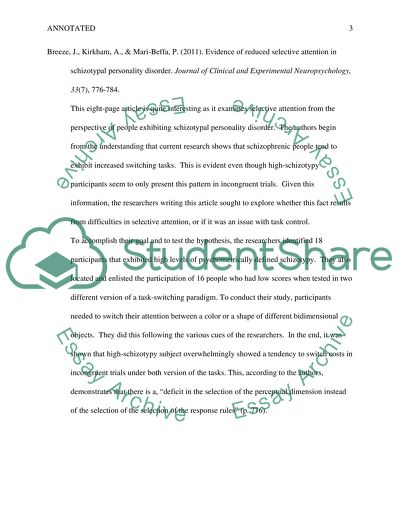Cite this document
(“Annotated Bibliography on SELECTIVE ATTENTION Example | Topics and Well Written Essays - 4000 words”, n.d.)
Retrieved de https://studentshare.org/psychology/1614883-annotated-bibliography-on-selective-attention
Retrieved de https://studentshare.org/psychology/1614883-annotated-bibliography-on-selective-attention
(Annotated Bibliography on SELECTIVE ATTENTION Example | Topics and Well Written Essays - 4000 Words)
https://studentshare.org/psychology/1614883-annotated-bibliography-on-selective-attention.
https://studentshare.org/psychology/1614883-annotated-bibliography-on-selective-attention.
“Annotated Bibliography on SELECTIVE ATTENTION Example | Topics and Well Written Essays - 4000 Words”, n.d. https://studentshare.org/psychology/1614883-annotated-bibliography-on-selective-attention.


